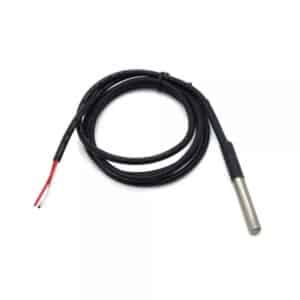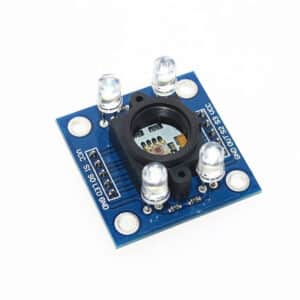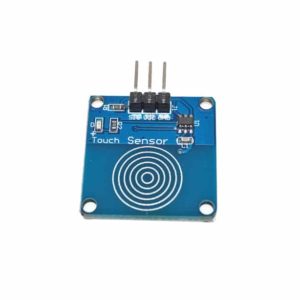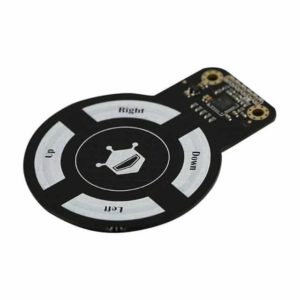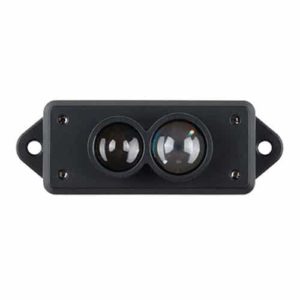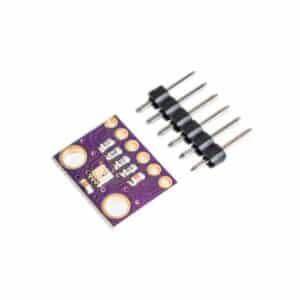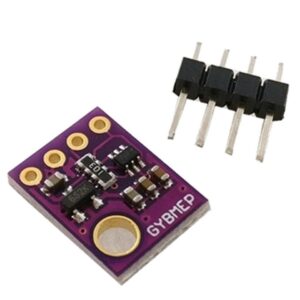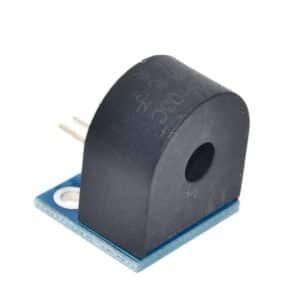Sensors
Result 61-72 is shown of the 122 results
-
DS18B20 Waterproof digital temperature sensor - 1 meter
€3,45 /€2,85 excl. VAT -
DS18B20 Waterproof digital temperature sensor - 2 meter
€4,95 /€4,09 excl. VAT -
DS18B20 Waterproof digital temperature sensor - 3 meter
€5,95 /€4,92 excl. VAT -
DS18B20 Waterproof digital temperature sensor - 5 meter
€7,95 /€6,57 excl. VAT -
GY-31 TCS230 TCS3200 Color sensor
€14,96 /€12,36 excl. VAT -
touch sensor
€2,44 /€2,02 excl. VAT -
3D Gesture Sensor (Mini) for Arduino
€24,95 /€20,62 excl. VAT -
TF Mini LiDAR (ToF) Laser Distance Sensor
€46,95 /€38,80 excl. VAT -
GY BME280 3V Pressure - Temperature - Humidity sensor
€6,95 /€5,74 excl. VAT -
GY BME280 5V Pressure - Temperature - Humidity sensor
€6,95 /€5,74 excl. VAT -
5A AC current sensor module - ZHT103
€2,95 /€2,44 excl. VAT -
TCRT5000 Optical reflection sensor Infrared 950nm
€0,48 /€0,40 excl. VAT
What are sensors?
Sensors are smart devices that measure an event or change in the environment. A sensor converts this into an electrical signal that can be read and calculated. To read the values you can, for example, use a Arduino, ESP of Raspberry Pi use. You can also use sensors to make a project autonomous. An example of this is a robot.
What types of sensors are there?
There are various types of sensors available, each of which can detect or measure something different. For example, a sensor can measure parameters such as light, speed, humidity or temperature. Here's what each sensor type can do:
- Temperature sensor: this measures and records the temperature. When the temperature rises above or below a set value, a device can be switched. For example, a heating or cooling installation.
- Motion sensor: this sensor registers a movement and can convert this into a signal that, for example, turns on the light or triggers an alarm.
- Light sensor: a light sensor measures the amount of light and is used to measure, for example, the intensity or difference in light. You can think of a flash on a photo camera, which switches on automatically when the amount of light is too low.
- Moisture sensor: this sensor measures the amount of moisture in a room. With this, for example, the bathroom ventilation can be switched on automatically.
Using sensors in projects
Are you curious about how a sensor works and how you can use it? In our Raspberry Pi Project: Weather station let's see how to make a weather station using a temperature and humidity sensor. Another example is us Arduino Project: DS18B20 Thermometer, where we're going to teach you how to make a thermometer using an Arduino and a temperature sensor. The possibilities with sensors are endless.

